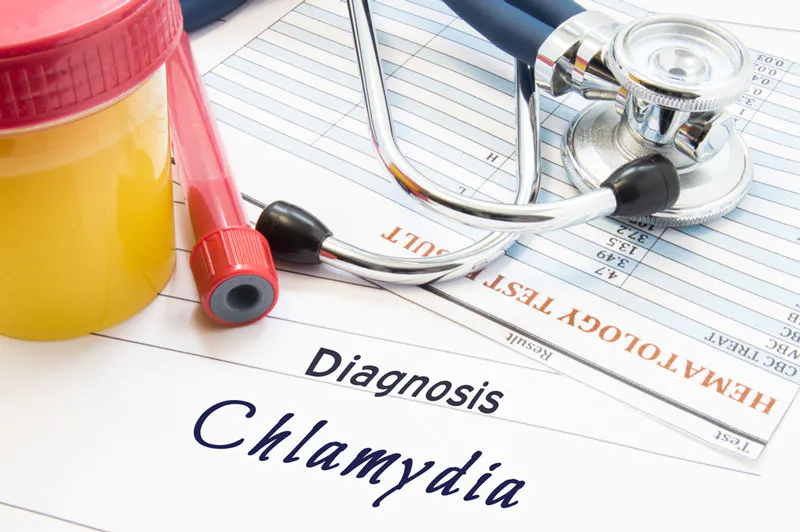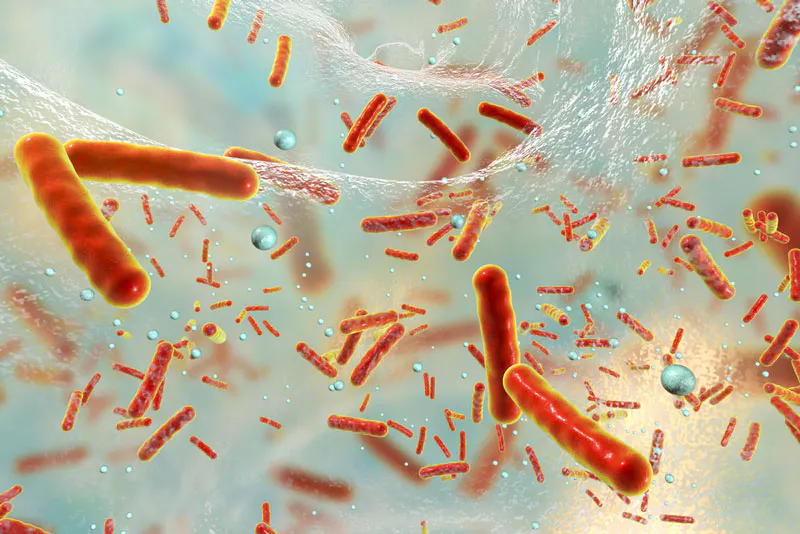How long does Azithromycin take to cure Chlamydia?
Chlamydia, the most common sexually transmitted infection (STI) worldwide, impacts more than 2.9 million people each year. A particularly concerning aspect of this infection is its frequent lack of symptoms, allowing it to damage reproductive organs silently. Without proper treatment, chlamydia can lead to serious complications including infertility and other health problems.
Chlamydia Explained: Key Facts About the Infection
While extremely prevalent, chlamydia is fortunately straightforward to treat and cure. However, neglected cases can result in painful consequences and major health issues like pelvic inflammatory disease, epididymitis in men, and fertility problems in both sexes. The infection is caused by the bacterium Chlamydia trachomatis. Many infected individuals show no obvious symptoms, making diagnosis difficult without testing.
The bacteria can infect multiple areas including the cervix, uterus, urethra, rectum, and occasionally the eyes and throat. Importantly, any sexually active person can contract and spread chlamydia, regardless of their number of partners.

What Causes Chlamydia Infection?
Chlamydia infections originate from bacterial transmission during sexual contact. Among the three main Chlamydia species (Chlamydia Suis, Chlamydia Muridarum, and Chlamydia Trachomatis), Chlamydia Trachomatis is most common in humans. These bacteria require a host to survive and spread through bodily fluid exchange. Mother-to-child transmission can also occur during vaginal delivery.
Identifying Chlamydia Symptoms
Chlamydia often goes undetected as many infected individuals experience no symptoms. When present, symptoms differ between genders. Men may notice unusual discharge from the penis or burning during urination. Women might experience abnormal vaginal discharge, painful urination, abdominal discomfort, or bleeding between periods.
Many people remain unaware of their infection, leading to untreated cases that can cause epididymitis in men and pelvic inflammatory disease in women, potentially resulting in infertility.

Chlamydia Treatment Options
Prompt treatment of chlamydia is essential to prevent serious health complications and protect both patients and their partners. Effective antibiotics include Azithromycin, Doxycycline, Erythromycin, and others. While treatment is successful, prevention through safe sex practices or abstinence is ideal. Regular STI testing is recommended for sexually active individuals.
For those diagnosed with chlamydia, medical treatment should be sought immediately. Condom use provides protection, though abstinence is the only guaranteed prevention method.
Azithromycin Treatment Duration for Chlamydia
The standard Azithromycin treatment course for chlamydia typically lasts 7 to 10 days.

Proper Azithromycin Usage
Always follow your healthcare provider’s instructions when taking Azithromycin. Take the medication with water and food to minimize stomach upset and improve absorption. Maintain the prescribed dosing schedule and avoid antacids within two hours of taking the medication. Never share your prescription, as drug interactions can occur.
Potential Side Effects of Azithromycin
Like all medications, Azithromycin may cause side effects in some individuals, including nausea, diarrhea, dizziness, stomach discomfort, or yeast infections. Not everyone experiences these effects. Always consult your doctor before beginning treatment.
References:
https://www.drugs.com/medical-answers/azithromycin-chlamydia-cure-2922440/







